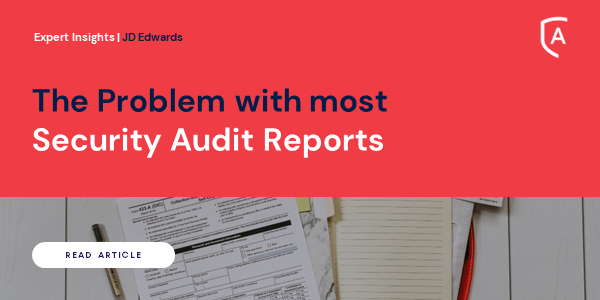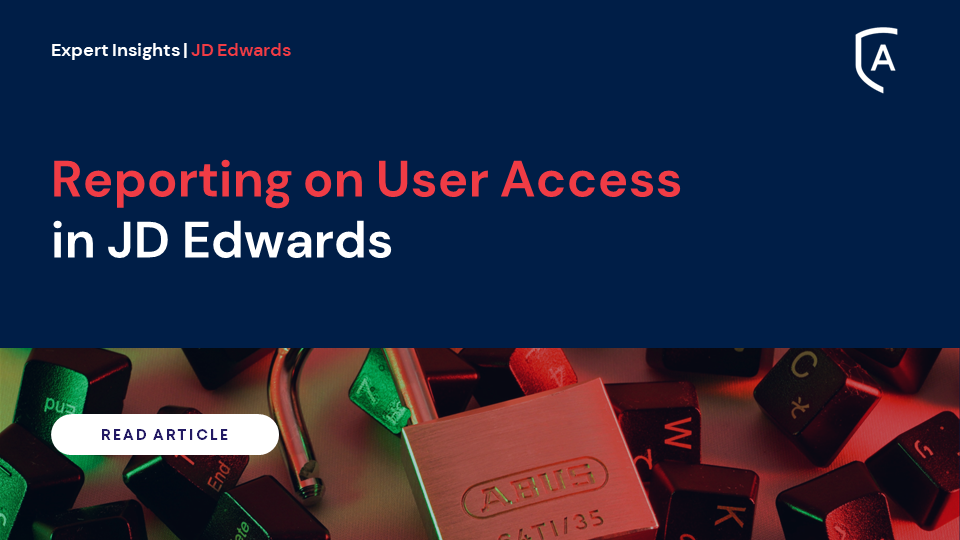How does The Board and your top management assess the value of Security Audit reports to support their risk assurance? What do you have to report on and what should you give them?
Three basic requirements of any audit report are as follows, and Security Audit Reports are no different:
- Identify potential problems before they become critical.
- Determine control failure points within a process so management can implement corrective actions in a timely manner.
- Report on the effectiveness of controls within the process.
The typical Security Audit report does not provide management with the key information they need to quickly make decisions and assess the level of exposure for their organization. If the Audit report doesn’t tell the risk story quickly, accurately and efficiently, those reports fail to serve their purpose. What they need to do is convey the critical message about risks and if they are well-managed (even mitigated).
Auditing what matters is one (essential) thing. Ensuring that the right level of data gets into the hands of the right level of management is another. Internal Auditors, Security Officers, Operational Management, Senior Management – they will all have a different set of requirements for the information they need to do their job.
Whilst at the operational level, all non-trivial activity needs to be assessed and acted upon if not working within your compliance structure, at the senior levels, top line insights, giving assurance that all is in order is what’s required. Senior Management need quick visibility that risks have been assessed, identified and addressed. Each level of information is as critical as the other. Just as importantly, these different sets of information need to be consistent. Nothing causes information to lose credibility as fast as apparent inconsistencies that exist simply because the reports aren’t run with the same criteria.
The ALLOut Audit Reporting set is designed to uncover the information that people need to know.
For Senior Executives, our Audit summaries expose the big picture and show trends and alerts. For Operational Management, our detailed reports highlight with precision the security gaps in place, and manage the day-to-day operational steps.
Get visibility on Segregation of Duties, unauthorized access, change control breaches and user account management. In addition, have the details at your fingertips to support monitoring controls to further reduce organizational risk.
It’s all about understanding your risks and then taking steps to eliminate them – the reports are designed so you can prove your controls are fit for that purpose.
There is true financial value in getting control of your Security Audits including:
- Significantly less money being spent on regulatory audit each year
- Less time spent supporting audit in IT
- Reduced financial exposure and loss from fraud
- Enhanced employee satisfaction as less time is spent on compliance tasks.
Remember that security is a complex and continuing challenge, and periodic audits are a must. Having the right information at your fingertips can save you time, money and frustration.






